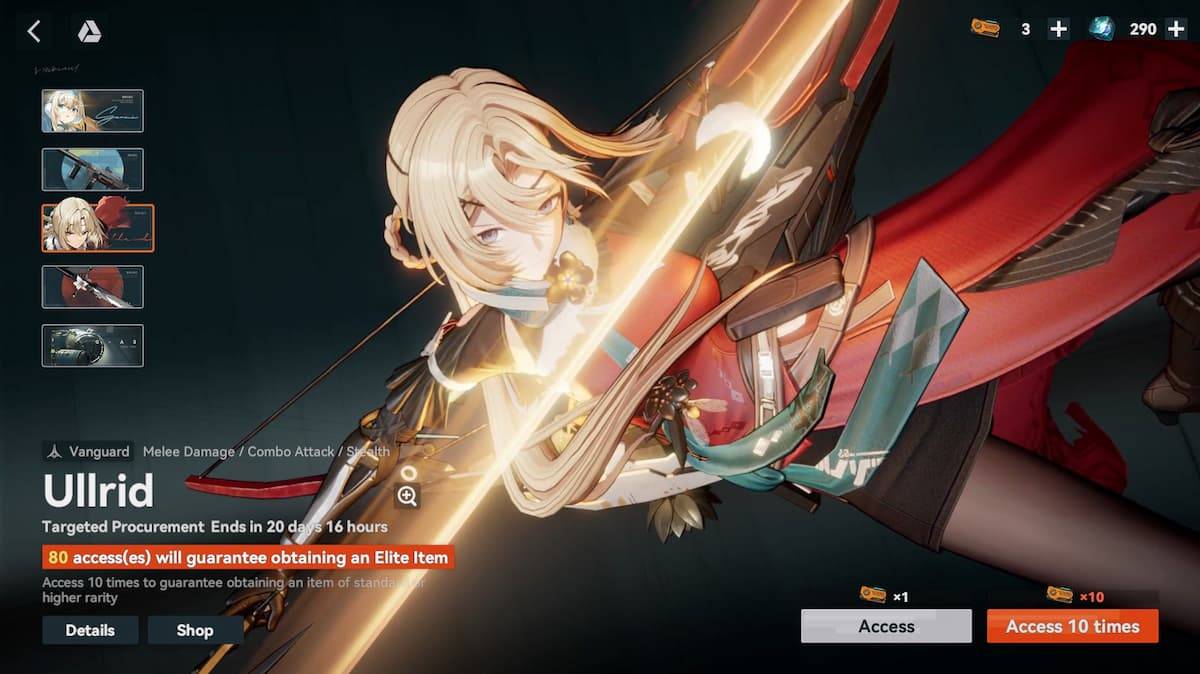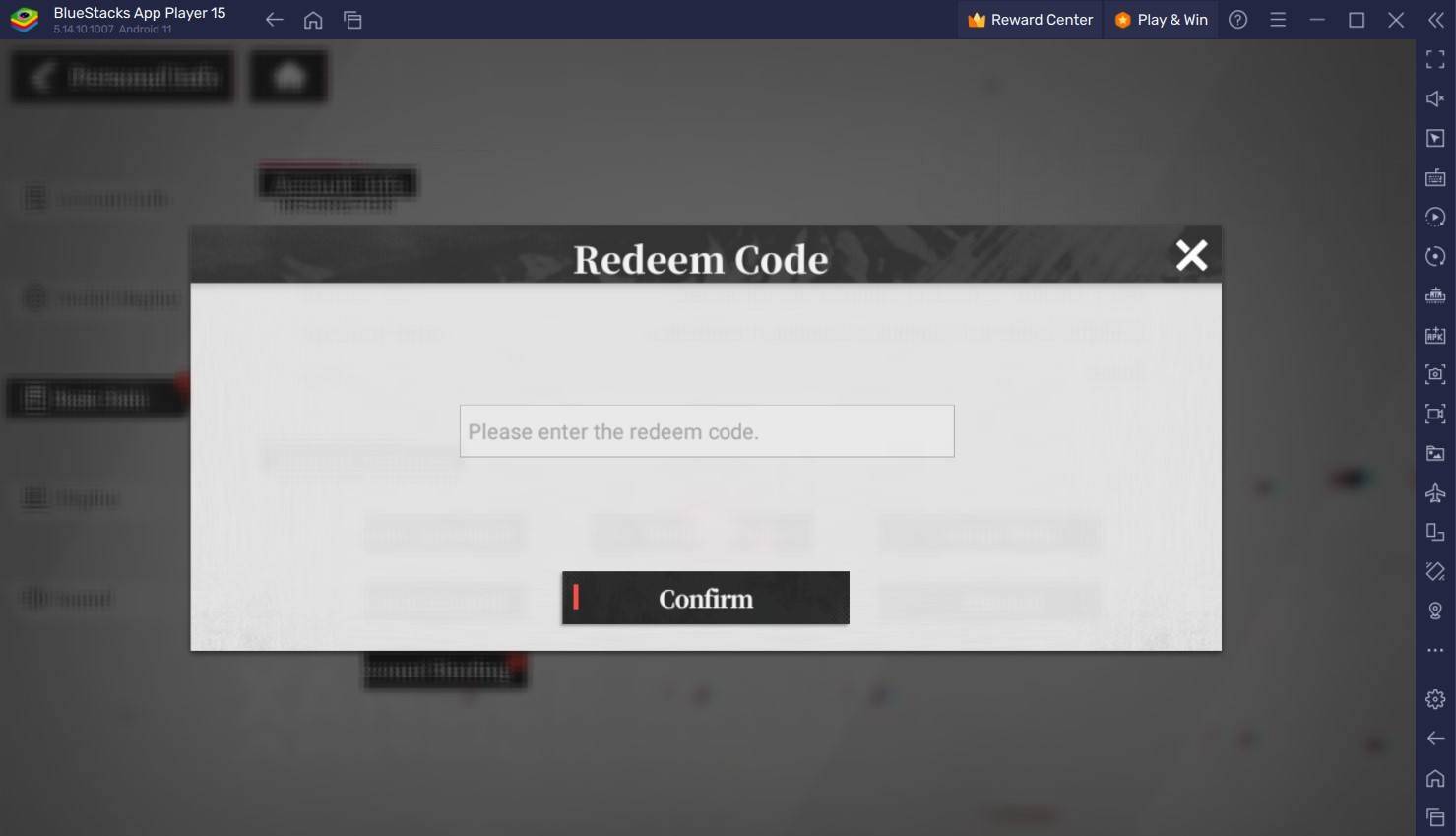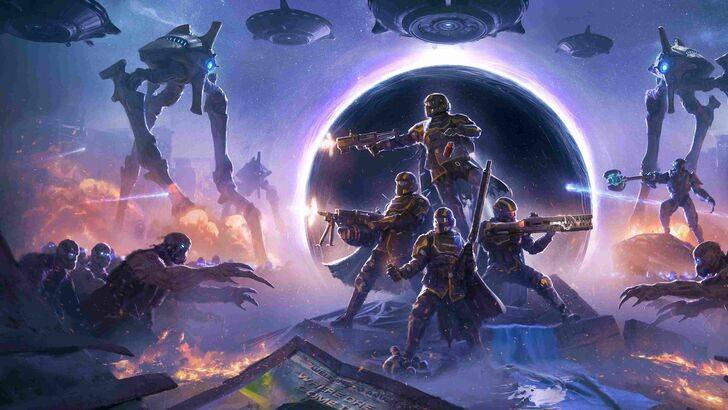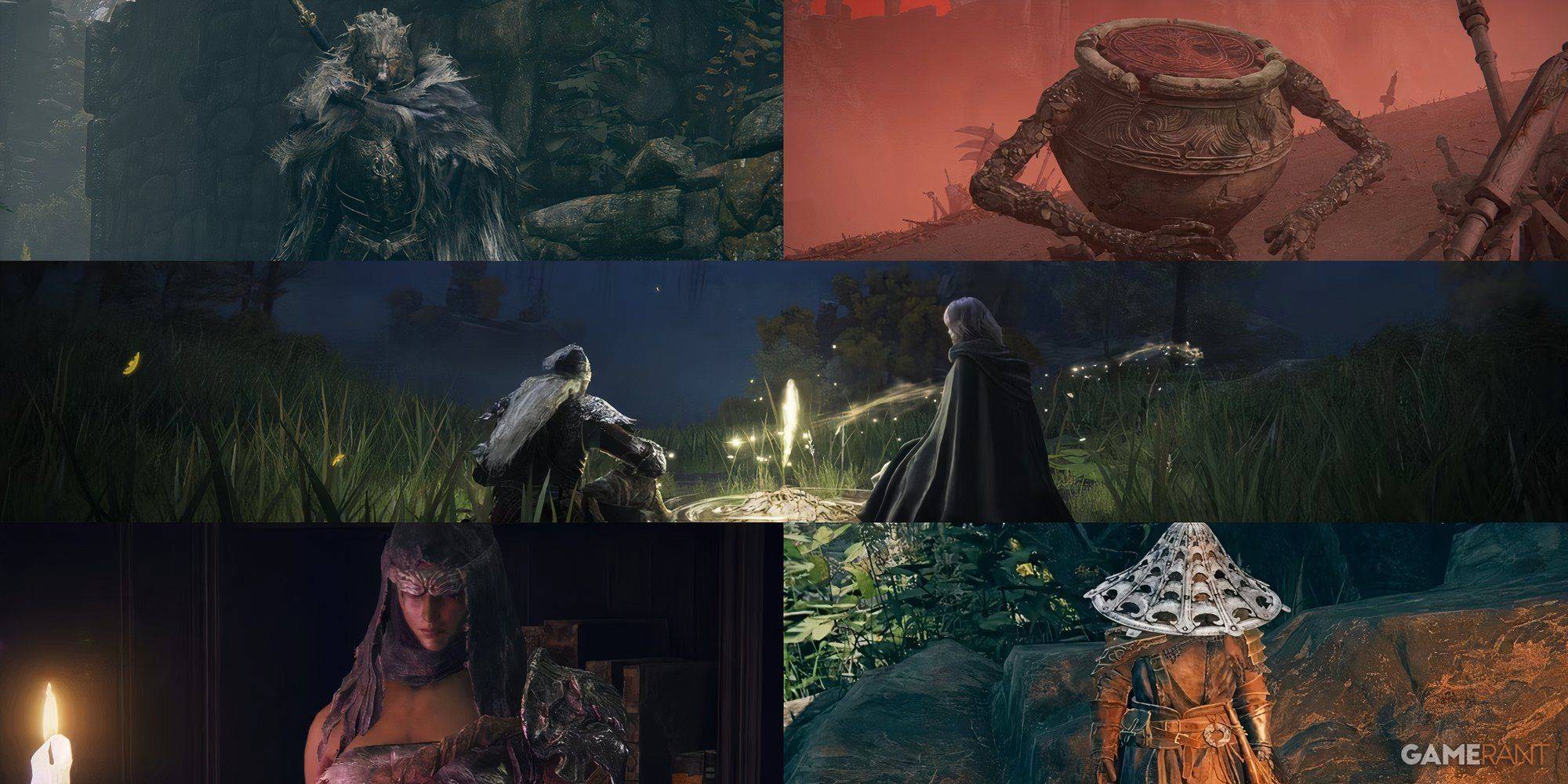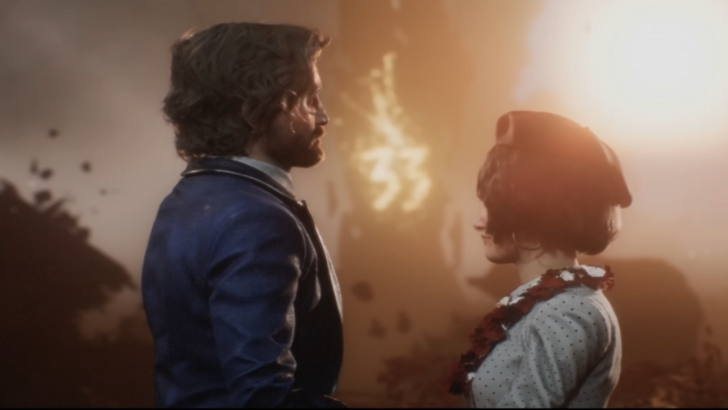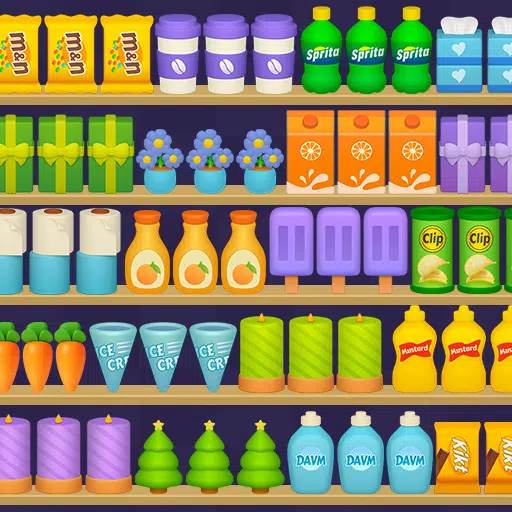Monster Hunter: Global Domination Unveiled
In the lead-up to its global launch, Monster Hunter Wilds shattered pre-order records on both Steam and PlayStation, seamlessly following in the footsteps of its highly acclaimed predecessors, Monster Hunter Rise (2022) and Monster Hunter: World (2018). These extraordinary sales figures reaffirm Capcom's unique and esoteric RPG series as one of the world's most significant video game franchises. However, this wasn't always the case. Just a decade ago, the notion of a Monster Hunter game achieving such widespread acclaim would have seemed improbable. Going back even further to the series' debut in 2004, it would have appeared even more outlandish: the original game received mixed reviews. It wasn't until a year later, with the release on the PSP, that the series truly took off... but only in Japan.
Yes, for years, Monster Hunter epitomized the "game series bigger in Japan than the rest of the world" phenomenon. The reasons behind this were straightforward, as this narrative will explore, yet it didn't deter Capcom from relentlessly striving to expand Monster Hunter's reach to the international market. The success of Monster Hunter: World, Rise, and now Wilds attests to the worthiness of their efforts.
This is the story of how Monster Hunter evolved from a domestic success to a global phenomenon.
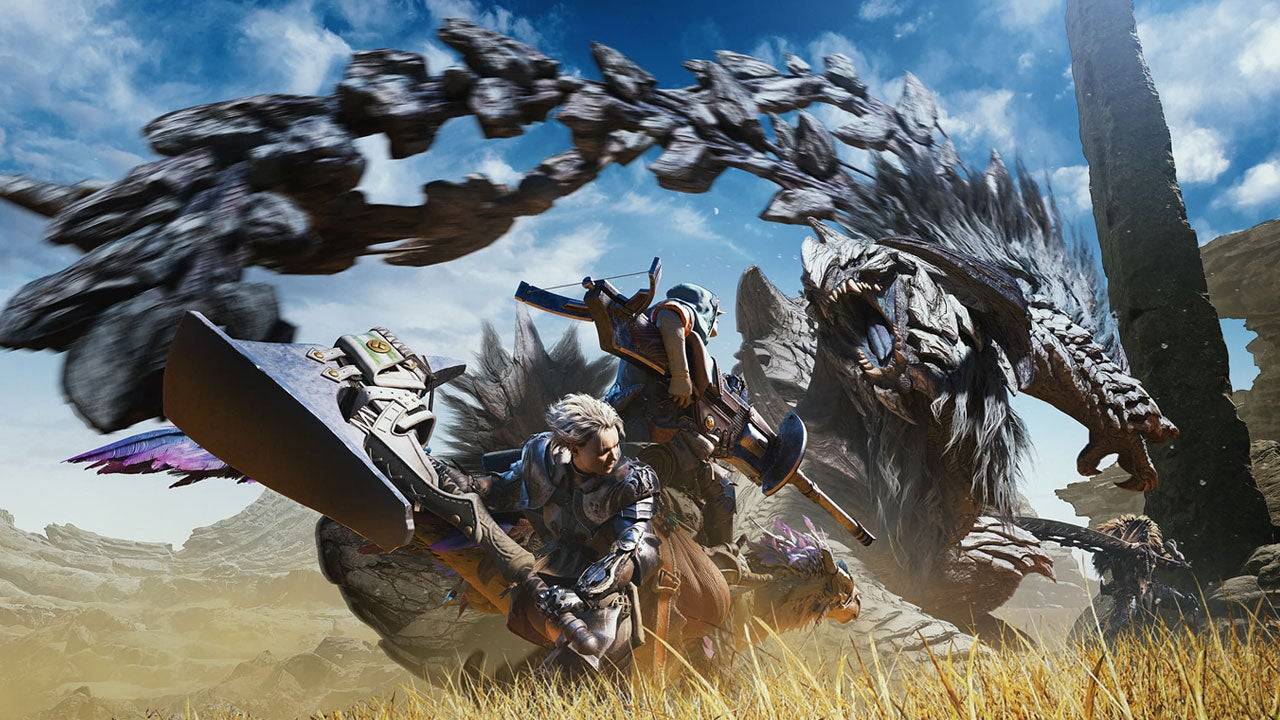
Around the time of Street Fighter 5's launch in 2016, Capcom underwent an internal reorganization to gear up for a new generation of games. These would run on their brand-new RE Engine, replacing the aging MT Framework. This transformation transcended mere tools; it included a new directive to craft games for a global audience, not just existing, region-specific fans.
“It was a few factors that came together,” says Hideaki Itsuno, a former game director at Capcom renowned for his work on Devil May Cry. “The change of the engine and also all teams were given a very clear goal at that point to make games that reach the global market. [Games] that are fun for everyone.”
During the PS3 and Xbox 360 era, Capcom seemed to be tailoring its games to capture what they perceived as the "Western games market." While Resident Evil 4 was a success, spinoffs like Umbrella Corps and the Lost Planet series, which leaned heavily on gun-focused gameplay, didn't fare as well, clearly chasing Western gaming trends of the late 2000s. Eventually, Capcom realized the need to create games that appealed to a broader audience, not just fans of traditional Western genres.
“I think that we had that clear goal of just focusing and not holding anything back,” Itsuno adds. “Towards making good games that would reach people from all over the world.”
Itsuno identifies the period leading up to 2017 as crucial. “The changes in organization and the changes in the engine, all these elements came together around that time,” he notes. Resident Evil 7's launch that year sparked a Capcom renaissance.
No other series encapsulates this new corporate aim for global success better than Monster Hunter. Although it had its dedicated Western fans, the series was significantly more popular in Japan for decades. This wasn't by design but due to real-world factors.
The transition from PlayStation 2 to the PSP with Monster Hunter Freedom Unite marked a significant milestone. Japan's robust handheld gaming market, evidenced by the success of the PSP, Nintendo's DS, and more recently, the Switch, played a crucial role. According to Ryozo Tsujimoto, the series' executive producer, Japanese gamers could easily play with friends thanks to the country's advanced wireless internet infrastructure, which was years ahead of the U.S. at the time.
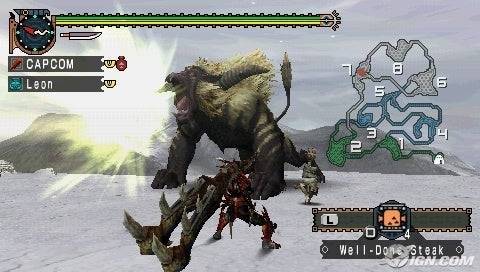
“20 years ago, Japan was in a very, very solid state in terms of the network environments available to people, and being able to connect and to play online together,” Tsujimoto states. “And of course, we’re not speaking for everyone there, because we realize that there are people who may not have had the chance to play with friends back then. But by moving over to handheld systems, we were able to grow that player base that was interacting and playing multiplayer together.”
Monster Hunter, built around cooperative play, thrived when friends could easily join hunts together. Handheld consoles were the perfect platform at the time, and Japan's advanced internet infrastructure meant the series was initially developed for the local market, even if unintentionally.
This created a feedback loop. Monster Hunter games became best-sellers primarily in Japan, leading Capcom to release Japan-only content and host Japan-only events, further cementing the series as a "Japan-only" brand.
Despite this, Monster Hunter had a following in the West, albeit one that enviously observed as Japanese players enjoyed exclusive tie-ins and quests. As internet infrastructure improved globally and online play became standard for console gamers, Tsujimoto and his team saw an opportunity to launch the most advanced and globally accessible Monster Hunter game to date.
In 2018, Monster Hunter: World was released on PlayStation 4, Xbox One, and PC, marking a monumental shift for the franchise. Instead of being designed for handhelds, it offered large-scale, AAA console quality action with enhanced graphics, expansive areas, and, of course, larger monsters.
“Our approach to the globalization of the series and Monster Hunter in general really ties into not only the themes that we had going into designing the game, but also in the name of the game,” Tsujimoto reveals. “The fact that we called it Monster Hunter: World is really kind of a nod to the fact that we wanted to appeal to this worldwide audience that we wanted to really dig into and experience Monster Hunter for the first time.”
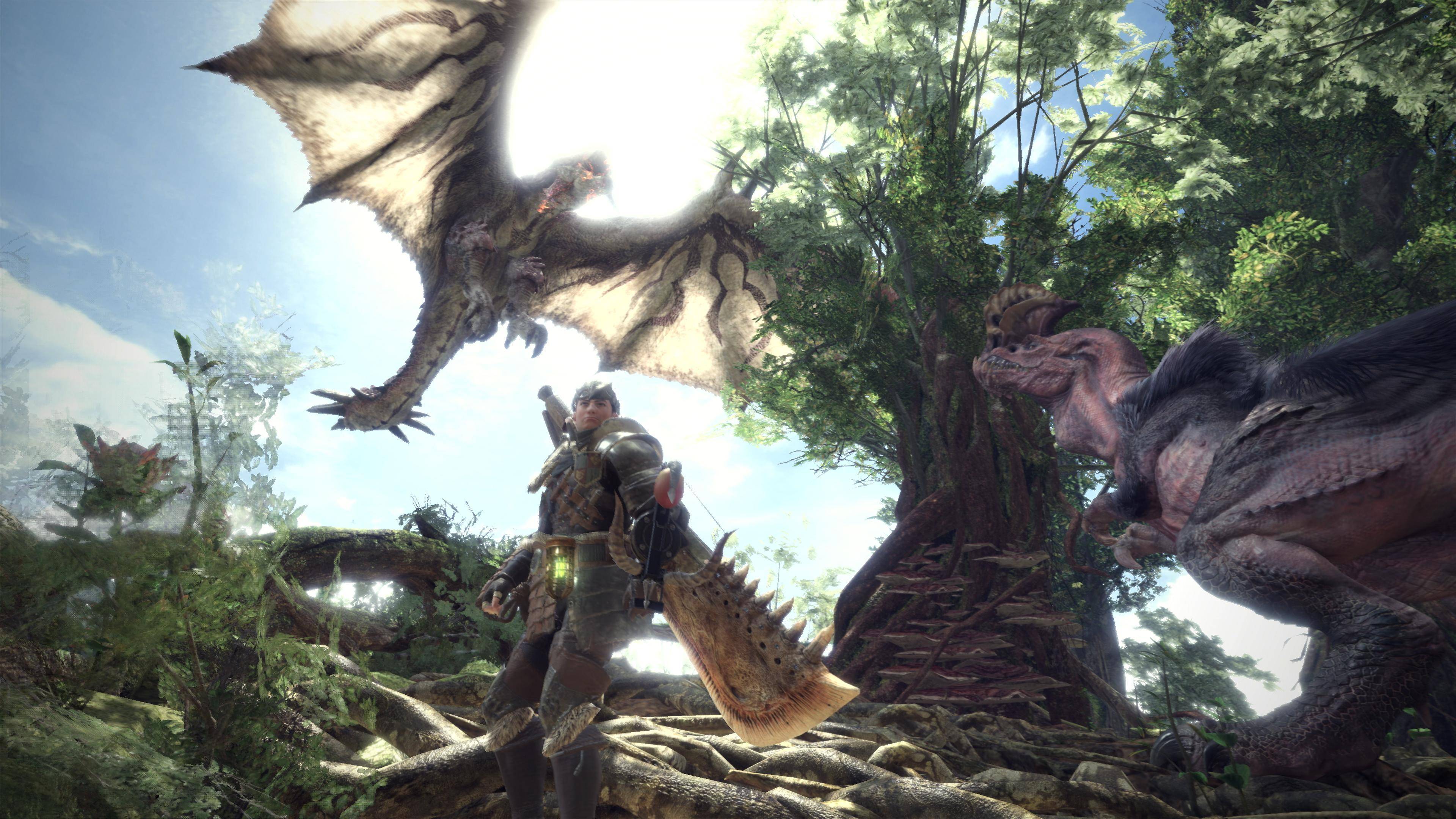
It was crucial that Monster Hunter: World did not favor one market over another. It was released simultaneously worldwide, without Japan-exclusive content, a move Tsujimoto describes as “comes with realigning ourselves to hit those global standards that people come to expect of titles around the world.”
Beyond simultaneous global release, Tsujimoto and his team conducted extensive focus and user tests worldwide, using the feedback to refine game systems and enhance its appeal globally.
“We did focus tests and user tests across the world, and some of the impact of those — the feedback and the opinions that we got during that really affected how we designed our game systems and really affected how much success we had as a global title for that game,” Tsujimoto explains.
One significant change resulting from these tests was displaying damage numbers when players hit monsters. These subtle adjustments to an already successful formula propelled Monster Hunter to unprecedented heights. While previous Monster Hunter games sold between 1.3 to 5 million copies (excluding re-releases and special editions), Monster Hunter: World and Monster Hunter Rise both exceeded 20 million copies sold.
This surge in player growth was no accident. Instead of altering Monster Hunter's essence to cater to Western tastes, Tsujimoto and his team made the series' unique (and, admittedly, complex) nature more accessible to a broader audience without compromising its core.
This approach continues with the latest installment, Monster Hunter Wilds.
“At its heart, Monster Hunter really is an action game, and that sense of accomplishment you get from really mastering that action is an important aspect of Monster Hunter,” Tsujimoto explains. “But for newer players, it's really getting to that point. The steps involved in getting to that sense of accomplishment is really what we're trying to strategize for, in terms of designing for new players. So with World and Rise, for example, we were taking really great care to analyze where players got stuck, what was hard to understand, what they were having trouble with, getting player feedback, and also doing our own kind of research into that. And all of that kind of knowledge has impacted how we've implemented new systems into Wilds.”
Within 35 minutes of its release, Monster Hunter Wilds reached 738,000 concurrent players on Steam, a figure more than double Monster Hunter: World's peak. There's a strong possibility that Capcom's latest hunt could soon surpass even the achievements of World and Rise. Coupled with glowing reviews and promises of additional content, it's highly likely that Monster Hunter Wilds will further the series' quest to conquer the world.
Latest Articles









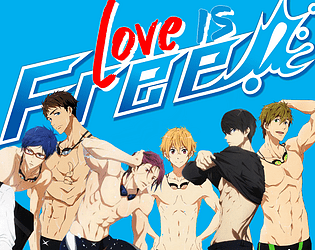

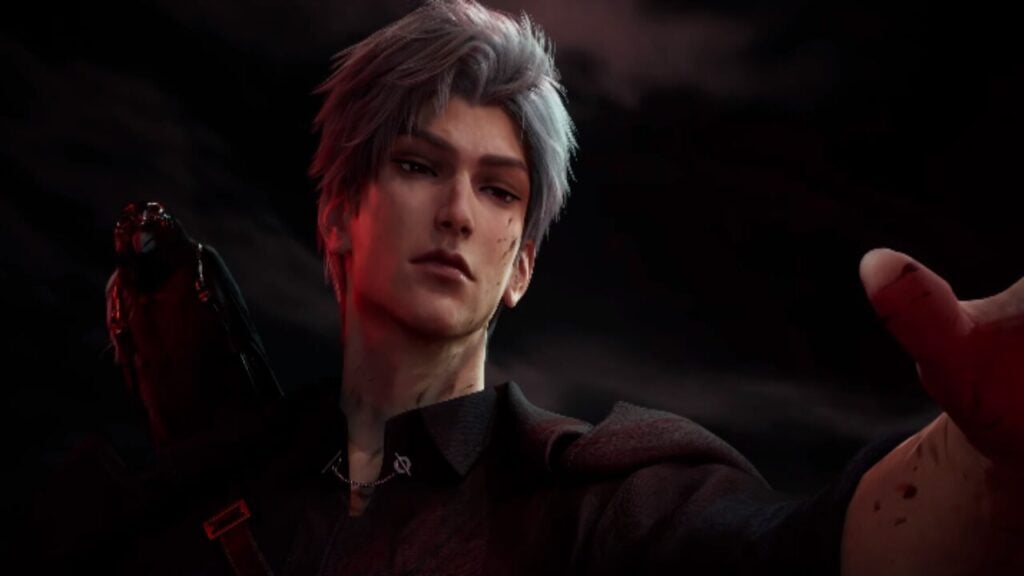
![Roblox Forsaken Characters Tier List [UPDATED] (2025)](https://images.dyk8.com/uploads/18/17380116246797f3e8a8a39.jpg)
